Disclosure- Links in this post may be affiliate links. If you click through and make a purchase, I earn a commission at no additional cost to you. Unless noted, if I am reviewing a product, I have been compensated for my time. I write honest reviews. They are not required to be positive. I only recommend the resources we love and use.

When it comes to writing, imagery is an important literary device for kids to understand and use. Imagery brings a writer’s ideas to life. It helps them paint a picture with words. I love helping young writers create imagery and watch their writing bloom. They see the difference a good descriptive word adds and are often excited to keep writing. Below you’ll find one of my favorite imagery exercises and a free activity sheet so your young writers can get writing!
Guess What? An Imagery Activity for Young Writers
I have yet to meet a kid who doesn’t like a guessing game. Maybe that’s why this imagery activity has always been a hit with my students and children.
The object of the game is to use imagery to describe an object so well another person is able to guess what object the writer is writing about without them actually naming the object.
I have used this activity with writers ages 8-14. Younger children could do it with assistance and older writers by adding elements of figurative language: similes, metaphors, personification.

What is Imagery?
The first step is helping kids figure out what imagery is. Even if they know, this is a good exercise to help them further develop it in their writing.
Begin to talk about how imagery helps a reader form an image in their mind or have a sensory experience. I like to start off with examples from pieces of literature we have read or are reading and have the writers highlight, write down, and/or discuss what words they can really see, hear, smell, taste, or touch.
One of my favorite poems to read with writers 10+, Kindness, by Naomi Shihab Nye, is a great place to hunt for imagery.
I begin by reading the poem out loud. I then either read the poem out loud again or have students read to it themselves while highlighting or underlining words they can see, hear, smell, taste, or touch.
“Before you know what kindness really is
you must lose things,
feel the future dissolve in a moment
like salt in a weakened broth.”
Next, we share the words we identified as imagery and discuss what those words help us experience and figure out.
You can do this part of the activity with younger students as well. Picture books are often great places to find imagery.
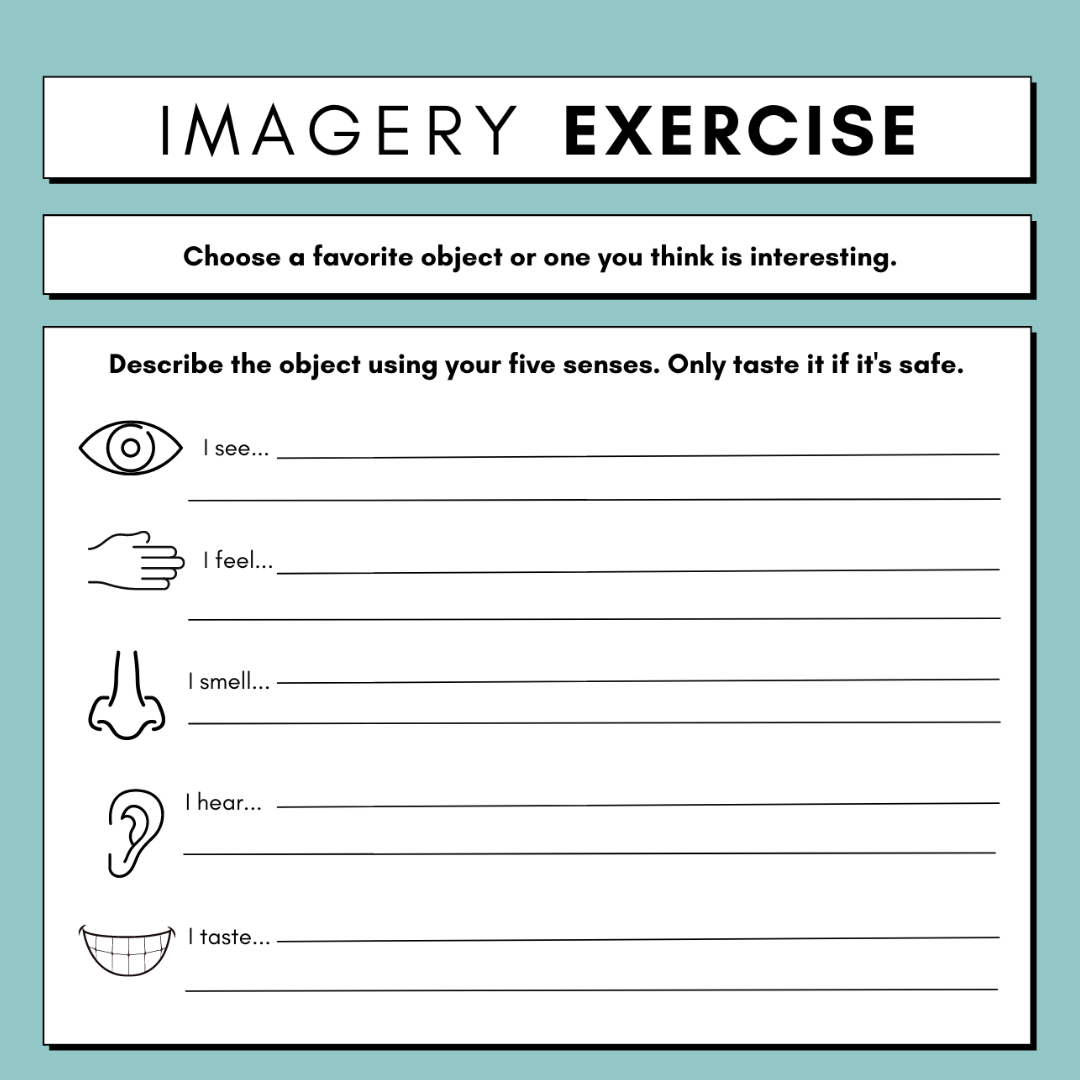
Play with Imagery
Now that we have a basic understanding of imagery, it’s time to play with it. If I want my learners to really know something, using it in their writing is key.
Imagery Activity- What Am I Describing?
Want a printable activity sheet for this activity? I have one for you at the end of this post 🙂
1. Chose an Object
Have writers choose an object they like or can see. Tell them not to tell anyone what it is.
Depending on where my writers are (in-person or virtual), I ask them to either have or imagine the object. If students are in-person, you don’t want them to actually have the object on their desk, or it defeats the purpose of it being a secret, so have them choose an object that is not obvious or imagine one.
2. Use Imagery
Have writers describe the object using their five senses.
The best way for a writer to do this is to actually touch and smell the object. For younger writers, be sure they know not to actually taste the item unless it’s edible. Food is a lot of fun to use!
The more the writer can engage with the object, the better.
This is also a good time to talk about synonyms. Encourage writers to use a thesaurus and/or write down adjectives that go beyond words like big, small, red.
3. Write
Once writers have brainstormed, have them write a paragraph describing their object in as much detail as possible, without naming what it is.
Again, encourage lots of sensory details. The goal is for the reader to see, hear, taste, smell, and feel the object in their mind.
4. Share
When kids finish writing, let them share their paragraphs with one another. Their goal is to get people to guess their object. They can always go back and revise their description if no one knows what it is.
I’ve found even reluctant writers, and those reluctant to share are eager to read their descriptions.
Sharing Tip- I always ask guessers to wait until the writer has read the entire paragraph before guessing. My goal here is to get kids to share their writing, so I want to make sure they are actually able to share it.

I love this activity because it allows my learners and me to play with imagery while looking at it in the literature we’re reading and by getting them writing. It is also a great way to encourage students to share their writing.
If you’d like the printable activity sheet, just subscribe to my newsletter below. Once you do, I’ll send you the password to my free resource library. It’s in there under Writing. You’ll also have access to a ton of other resources I love and use with my homeschoolers and students.
Happy writing! I hope your young writers love this imagery exercise.
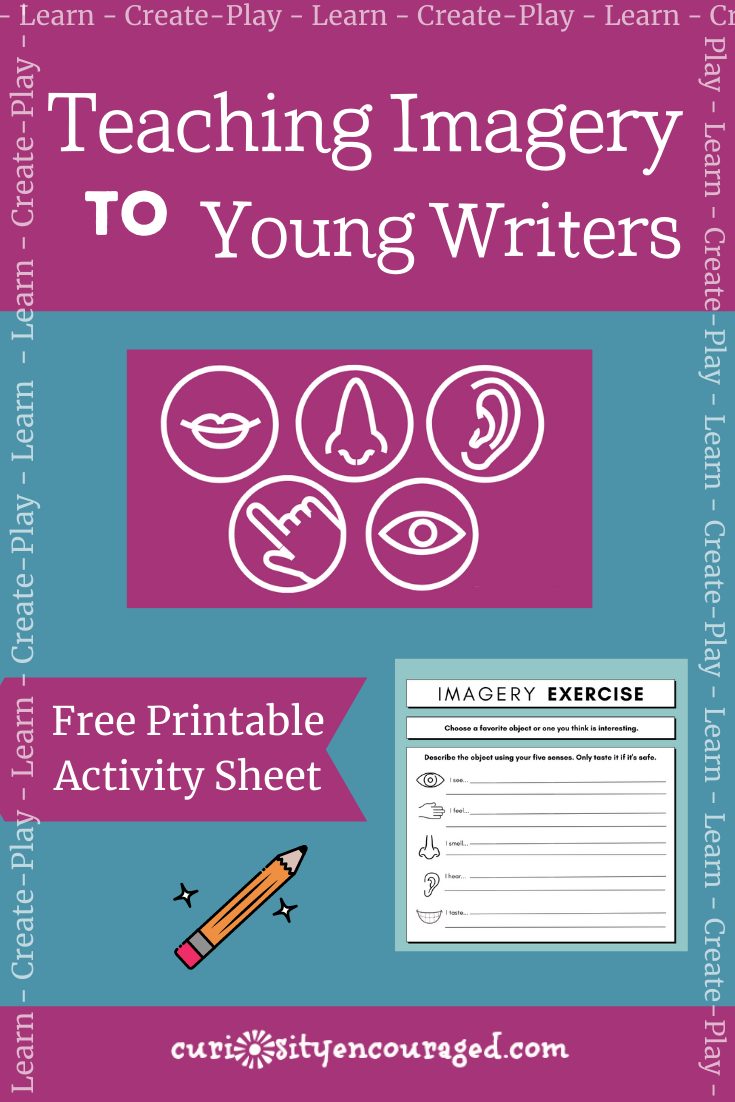


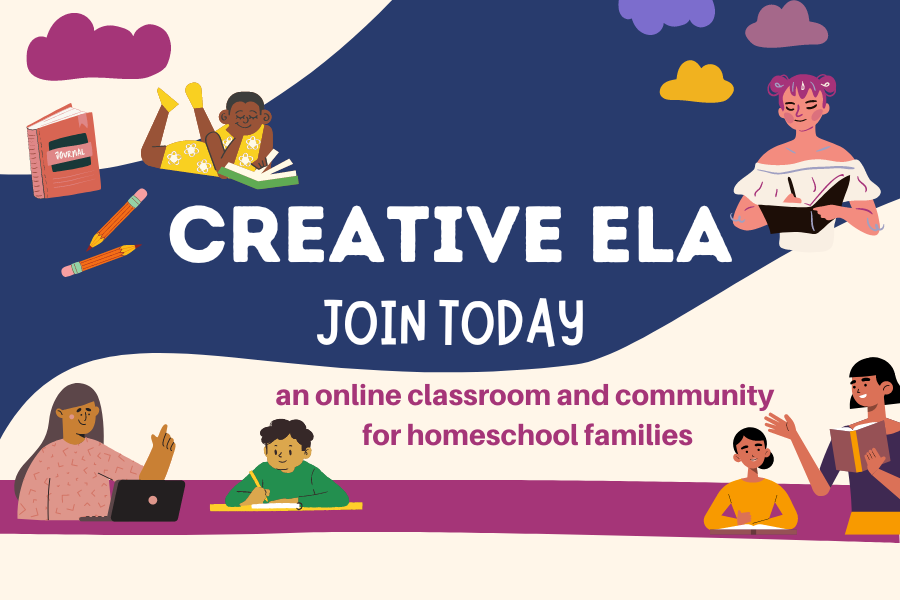

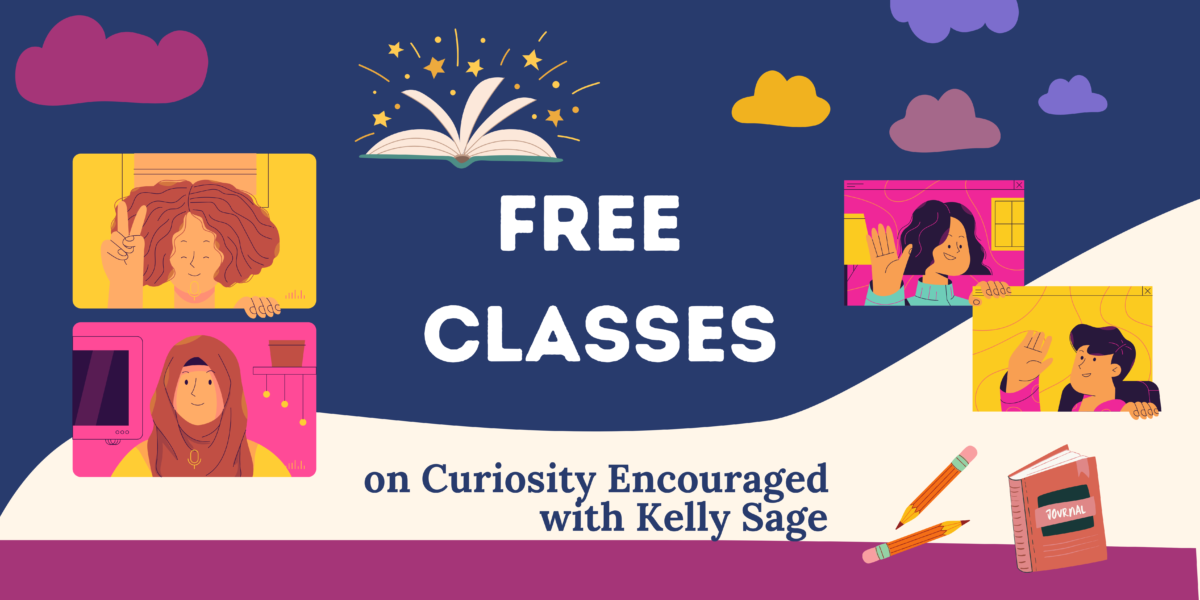
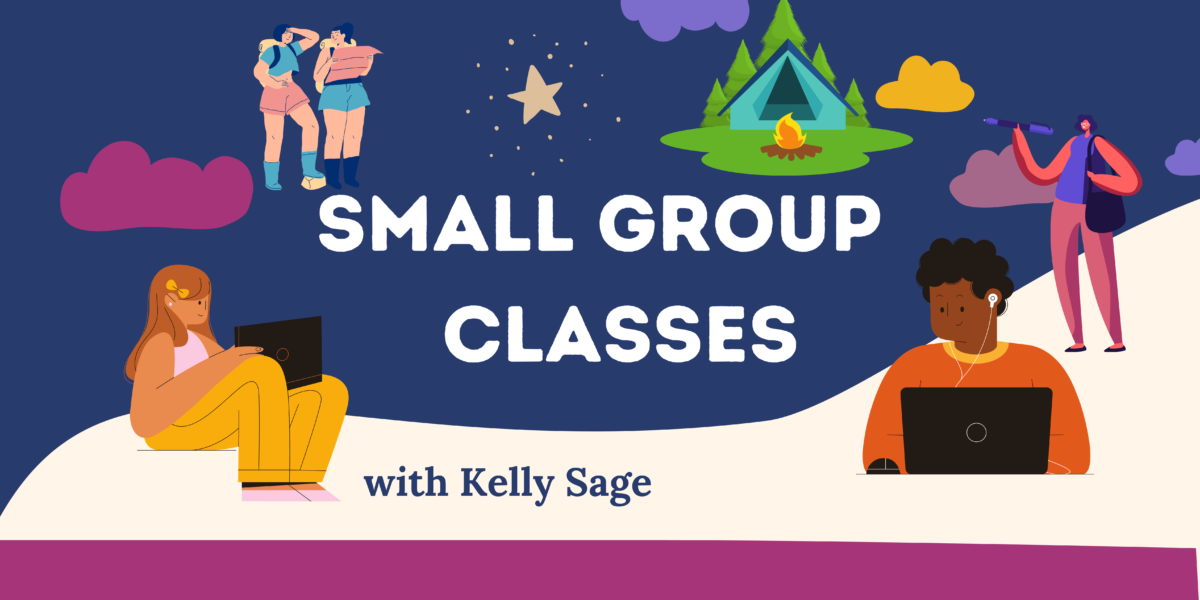
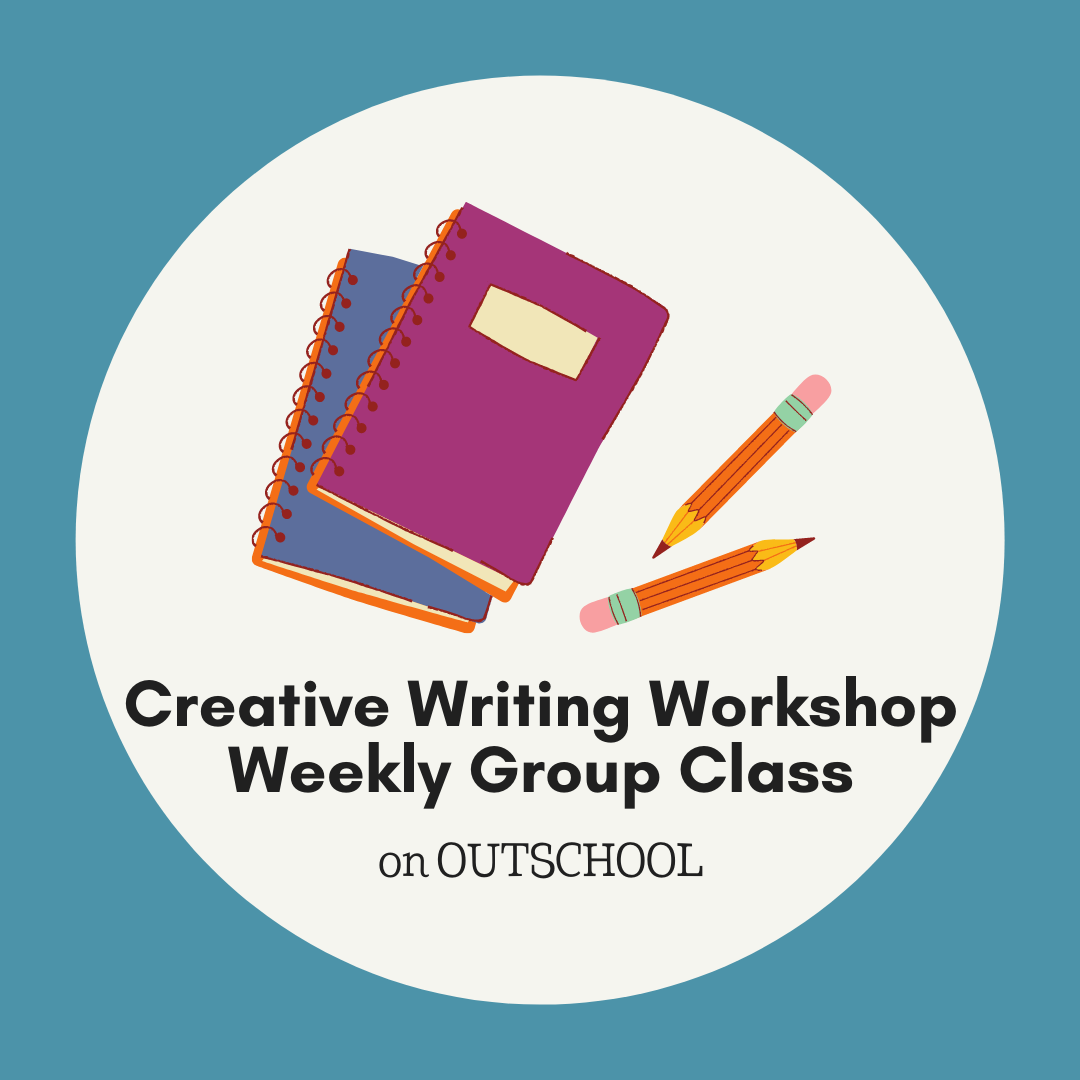






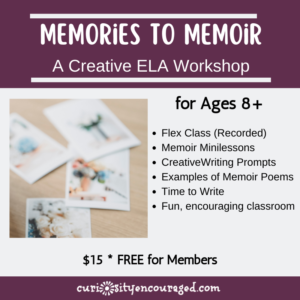
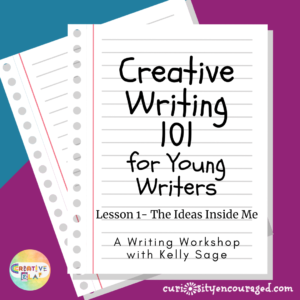

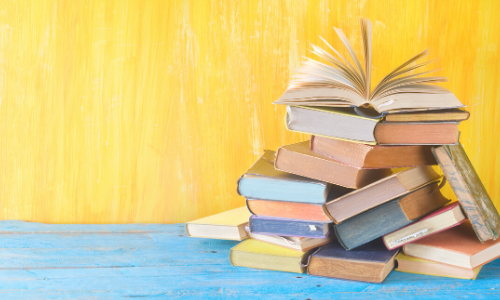
Hi Kelly,
I believe that I just subscribed. Where can I find the free activities for your Imagery lesson? Thank you so much!
Hi Ashley, thanks for subscribing. You should have an email from my in your inbox. In that email is a link to my resource library and your password. Once in, everything is alphabetical. Just look for Imagery. Enjoy! Kelly